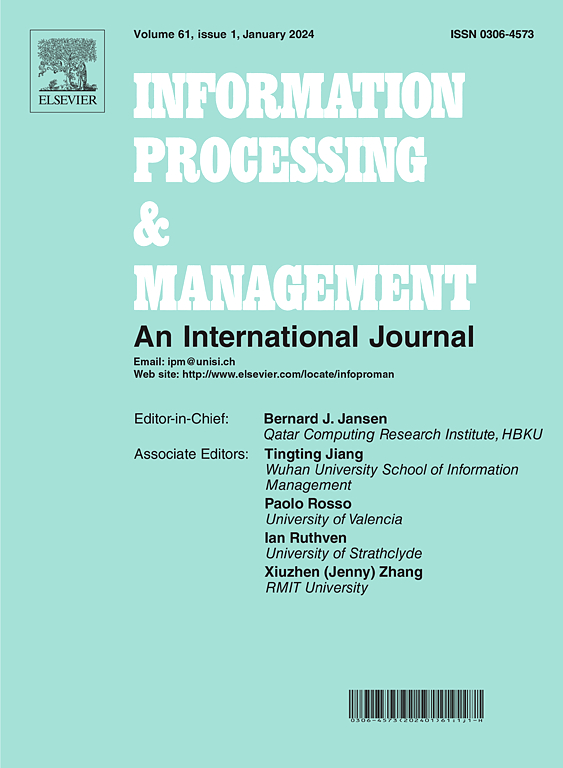图形异常检测的通用自适应算法
IF 7.4
1区 管理学
Q1 COMPUTER SCIENCE, INFORMATION SYSTEMS
引用次数: 0
摘要
基于图的异常检测旨在识别图结构数据中的异常顶点。它依赖于图神经网络(GNN)捕捉图中关系和属性信息的能力。然而,以往基于图神经网络的方法存在两个关键缺陷。首先,图神经网络本质上是一种低通滤波器,往往会导致相邻顶点的相似表示,这可能会导致关键异常信息(称为低频约束)的丢失。其次,在特征和结构上刻意模仿正常顶点的异常顶点很难被检测到,尤其是在标签分布不平衡的情况下。针对这些缺陷,我们提出了一种通用自适应图形异常检测算法(U-A2GAD),该算法采用增强型高频滤波器来克服低频约束,并同时聚合 k-nearest neighbor(kNN)和 k-farthest neighbor(kFN)来解决顶点伪装问题。广泛的实验证明了我们提出的 U-A2GAD 及其组成部分的有效性和普遍性,与最先进的方法相比,U-A2GAD 的 AUC-PR 提高了 6%,平均提高了 2%。源代码和参数设置详情请访问 https://github.com/LIyvqi/U-A2GAD。本文章由计算机程序翻译,如有差异,请以英文原文为准。
A Universal Adaptive Algorithm for Graph Anomaly Detection
Graph-based anomaly detection aims to identify anomalous vertices in graph-structured data. It relies on the ability of graph neural networks (GNNs) to capture both relational and attribute information within graphs. However, previous GNN-based methods exhibit two critical shortcomings. Firstly, GNN is inherently a low-pass filter that tends to lead similar representations of neighboring vertices, which may result in the loss of critical anomalous information, termed as low-frequency constraints. Secondly, anomalous vertices that deliberately mimic normal vertices in features and structures are hard to detect, especially when the distribution of labels is unbalanced. To address these defects, we propose a Universal Adaptive Algorithm for Graph Anomaly Detection (U-AGAD), which employs enhanced high frequency filters to overcome the low-frequency constraints, as well as aggregating both -nearest neighbor (NN) and -farthest neighbor (FN) to resolve the vertices’ camouflage problem. Extensive experiments demonstrated the effectiveness and universality of our proposed U-AGAD and its constituent components, achieving improvements of up to 6% and an average increase of 2% on AUC-PR over the state-of-the-art methods. The source codes, and parameter setting details can be found at https://github.com/LIyvqi/U-A2GAD.
求助全文
通过发布文献求助,成功后即可免费获取论文全文。
去求助
来源期刊

Information Processing & Management
工程技术-计算机:信息系统
CiteScore
17.00
自引率
11.60%
发文量
276
审稿时长
39 days
期刊介绍:
Information Processing and Management is dedicated to publishing cutting-edge original research at the convergence of computing and information science. Our scope encompasses theory, methods, and applications across various domains, including advertising, business, health, information science, information technology marketing, and social computing.
We aim to cater to the interests of both primary researchers and practitioners by offering an effective platform for the timely dissemination of advanced and topical issues in this interdisciplinary field. The journal places particular emphasis on original research articles, research survey articles, research method articles, and articles addressing critical applications of research. Join us in advancing knowledge and innovation at the intersection of computing and information science.
 求助内容:
求助内容: 应助结果提醒方式:
应助结果提醒方式:


